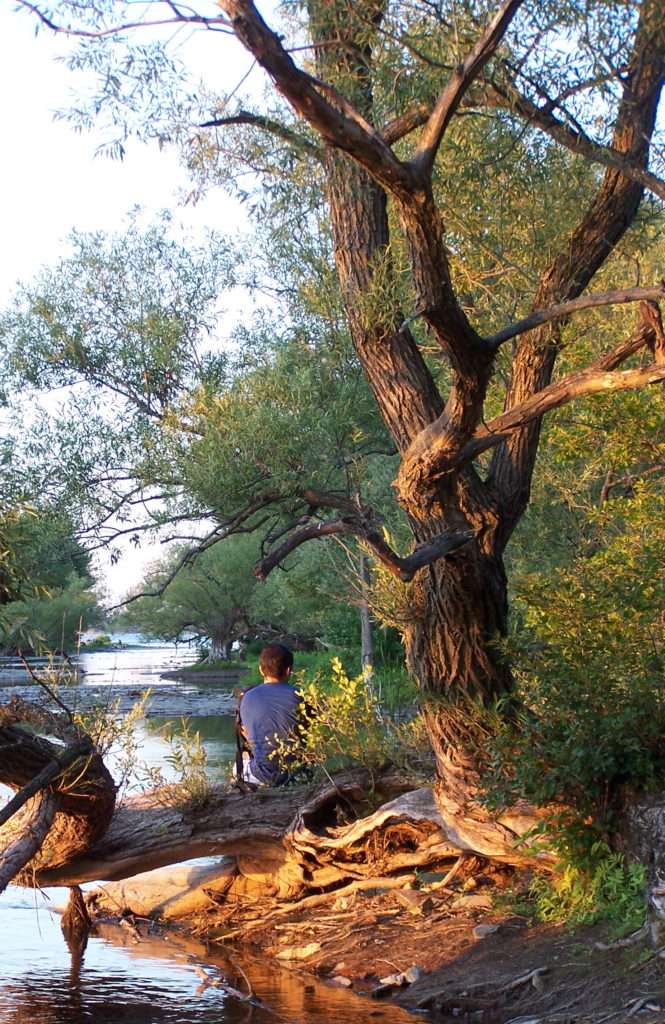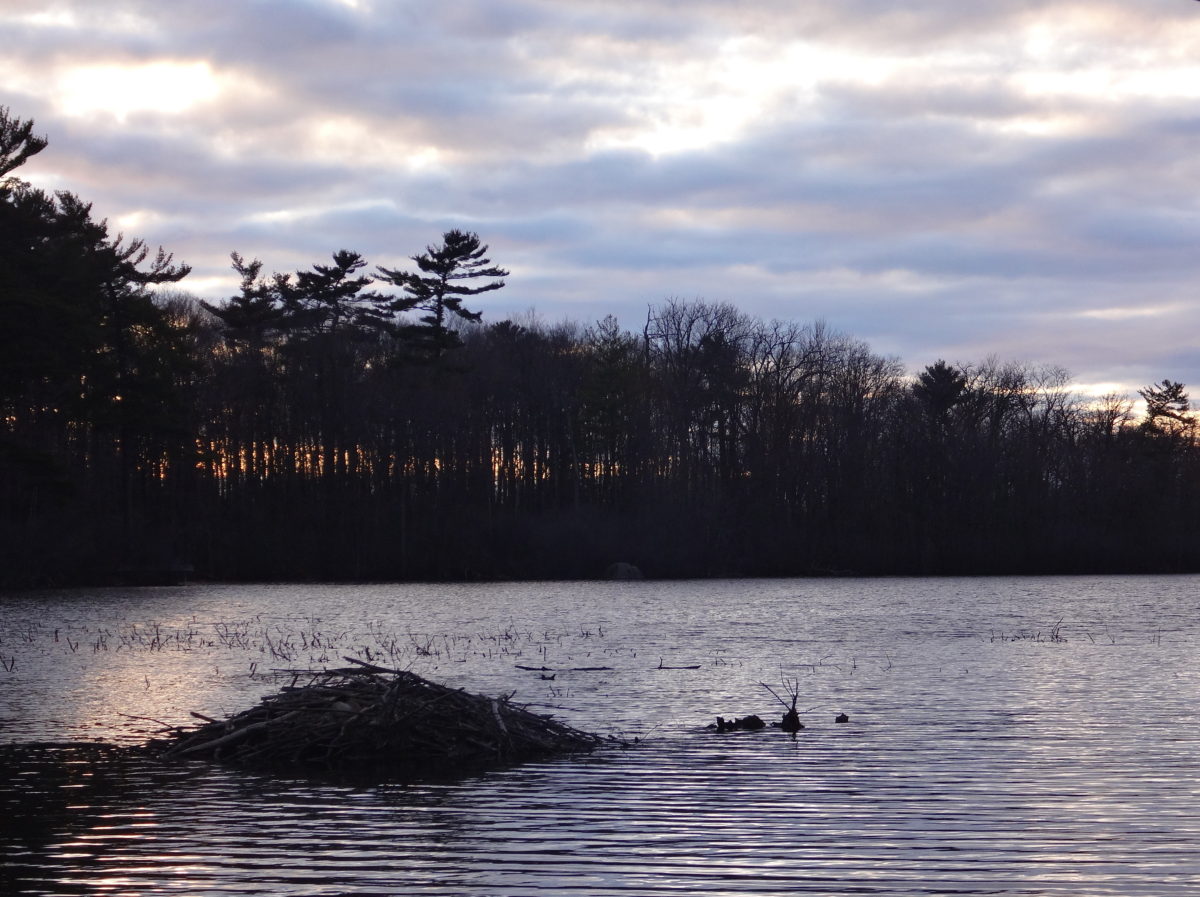Mud Lake. Such an unappealing, dull name for such a beautiful, diverse place. It conveys nothing of the delightful chorus of migrating warblers in the surrounding forest and thickets on a early May morning. It gives no hint of the late, summer sun setting aglow the surface of the Ottawa River and silhouetting a lone fly fisherman on the shoreline’s rocky ledges. It fails to capture the spectacle of hundreds of cackling Canada geese sideslipping over paprika and apricot foliage to land in the lake late on an autumn afternoon. It says nothing of the hush of snow sifting through the towering pines on a winter evening.
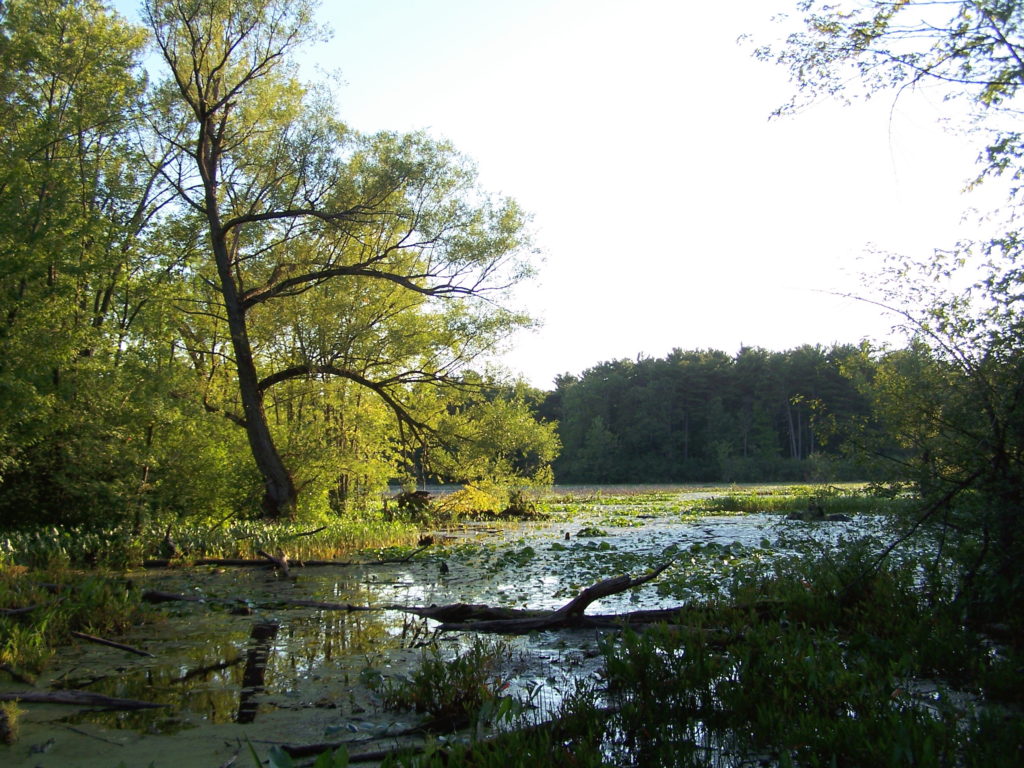


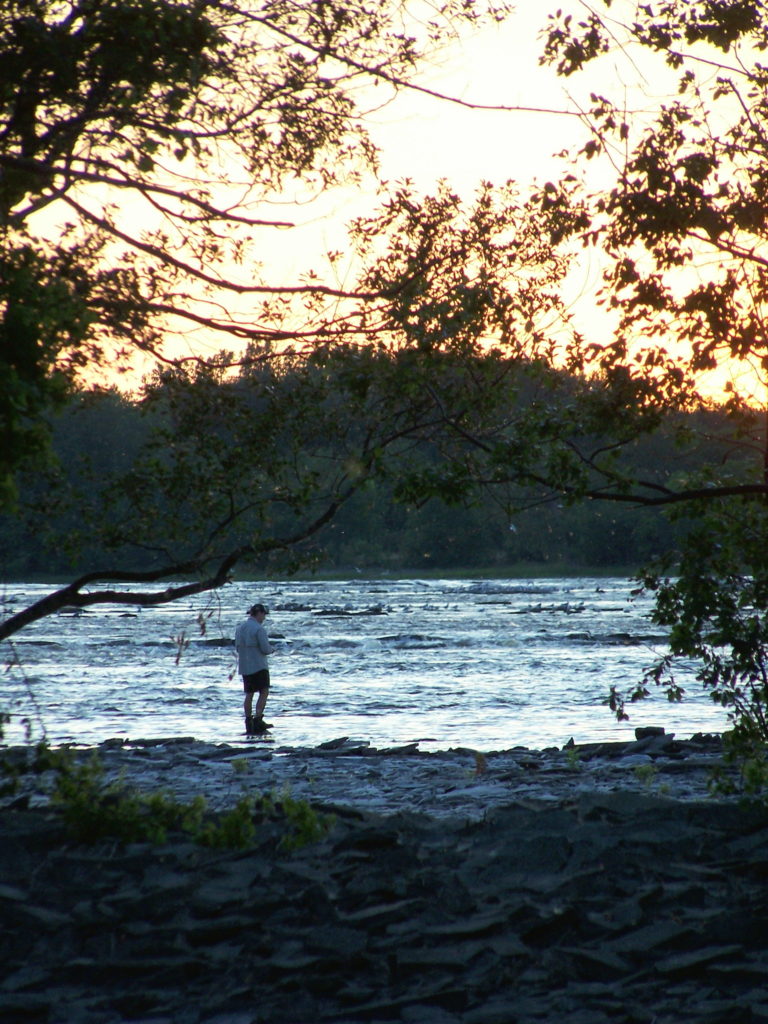
Mud Lake sits on the shore of the Ottawa River in Britannia, within a semi-natural area of approximately 70 ha. A low ridge, a quiet access road and the lawns of the Britannia Water Purification Plant separate it from the river. A thin band of deciduous trees screens most of the lake. Behind this screen, on the east side, lie young swamp forests, thickets and old fields. An older, mixed forest lies on the west side of the lake, dominated by large white pines. Across the access road, the shale ridge supports a thicket of stunted trees, staghorn sumac, and other scrubby brush, that merges with a fringe of crack willow along the river.
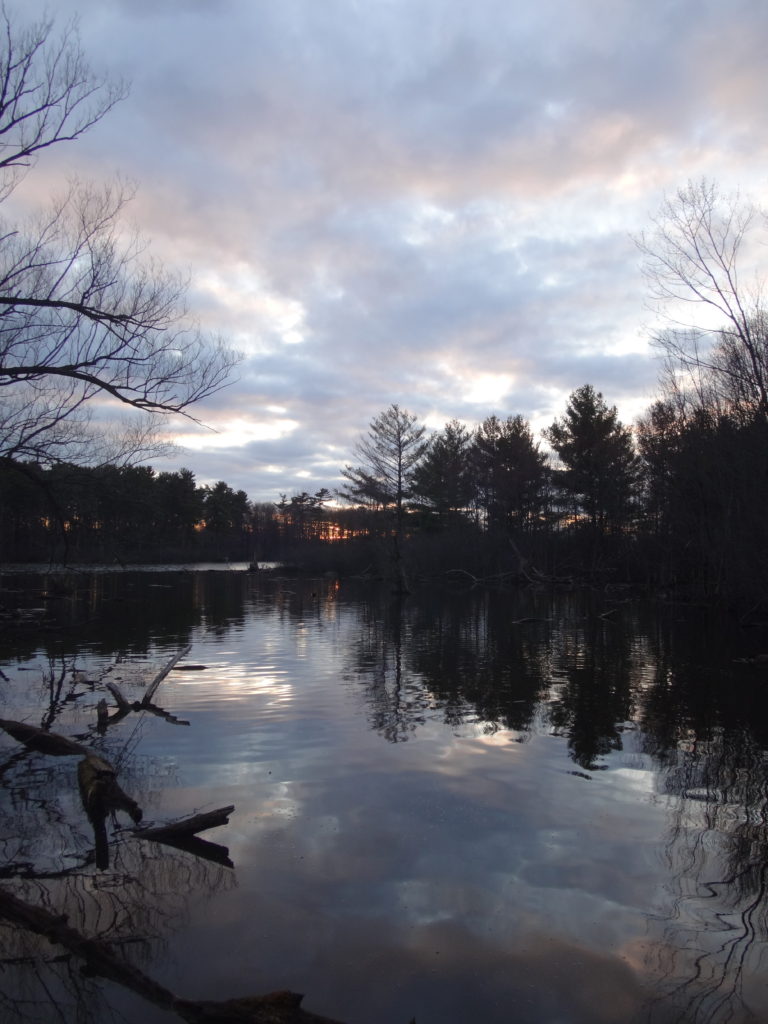

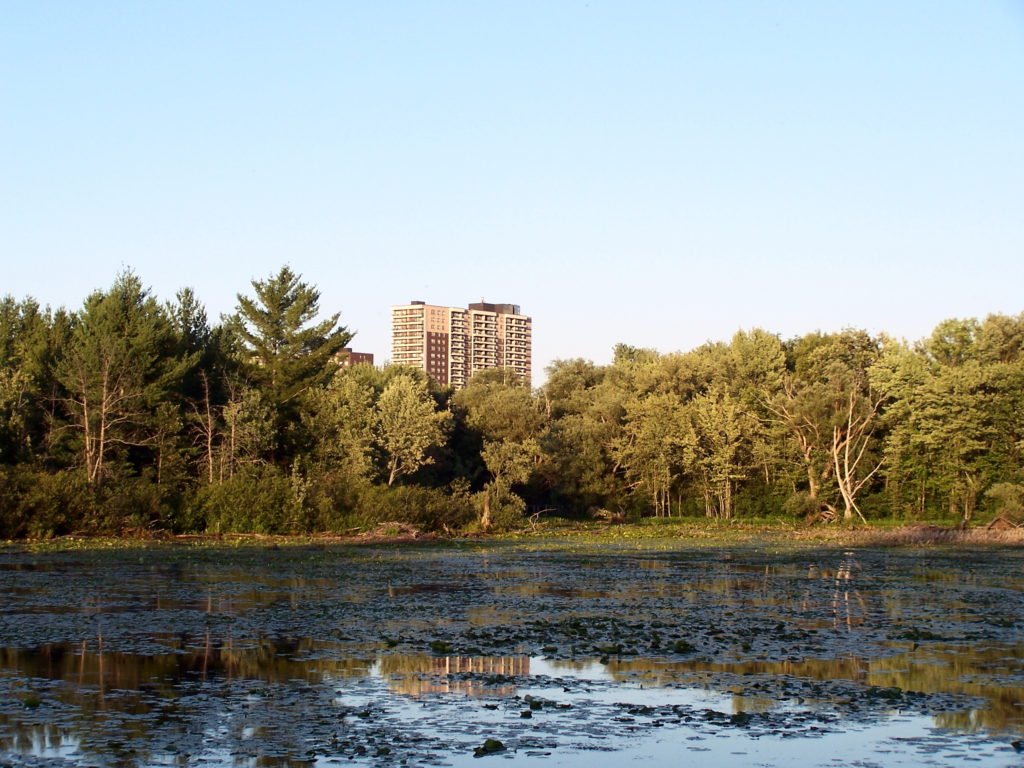
The lake, itself, abounds with life. Cattails, shrubs and sedges crowd the shore, while lilypads and other floating aquatic plants carpet the deeper sections. Muskrats and beavers cruise the lake in the evenings. Painted turtles glide under the surface, while a few Blanding’s turtles still survive in some of the quieter backwaters. Bullheads gather in the shallows. Dragonflies and damselflies dance everywhere, with 65 species reported.
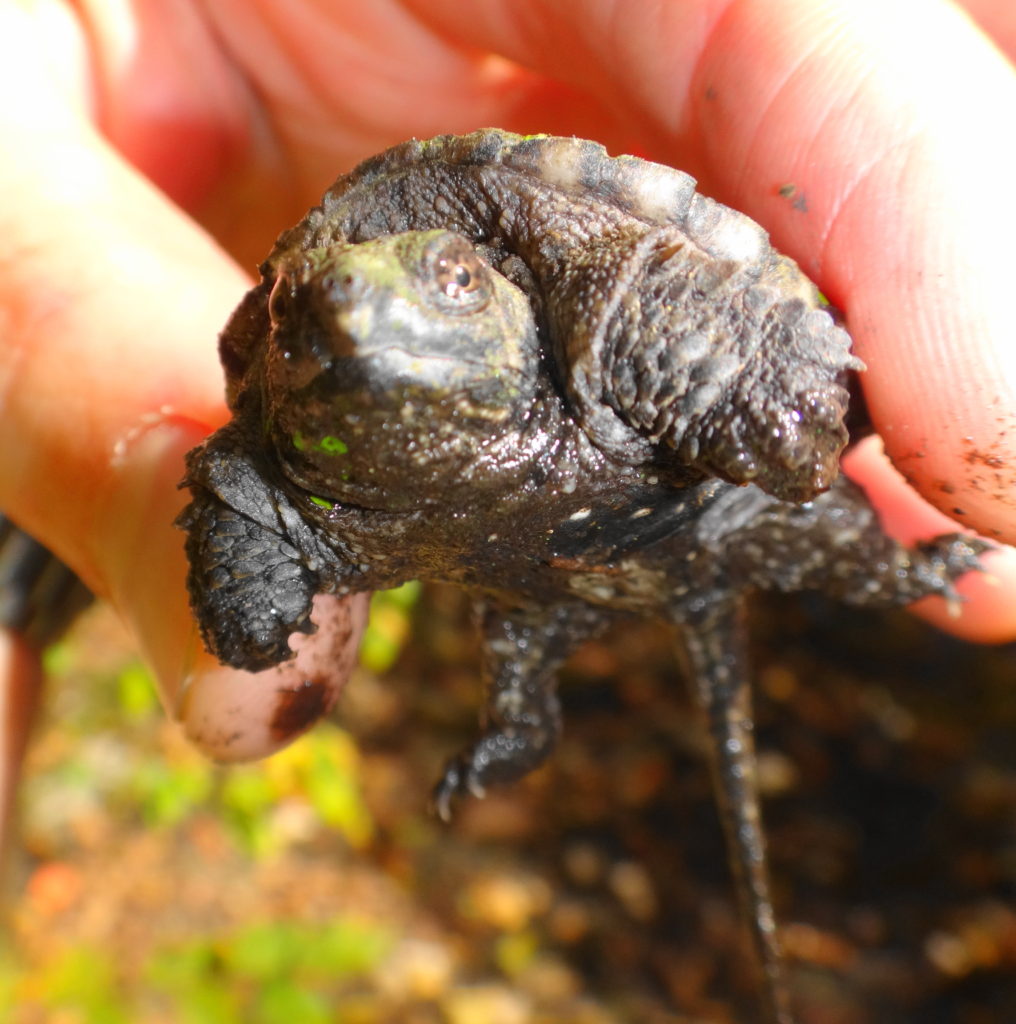
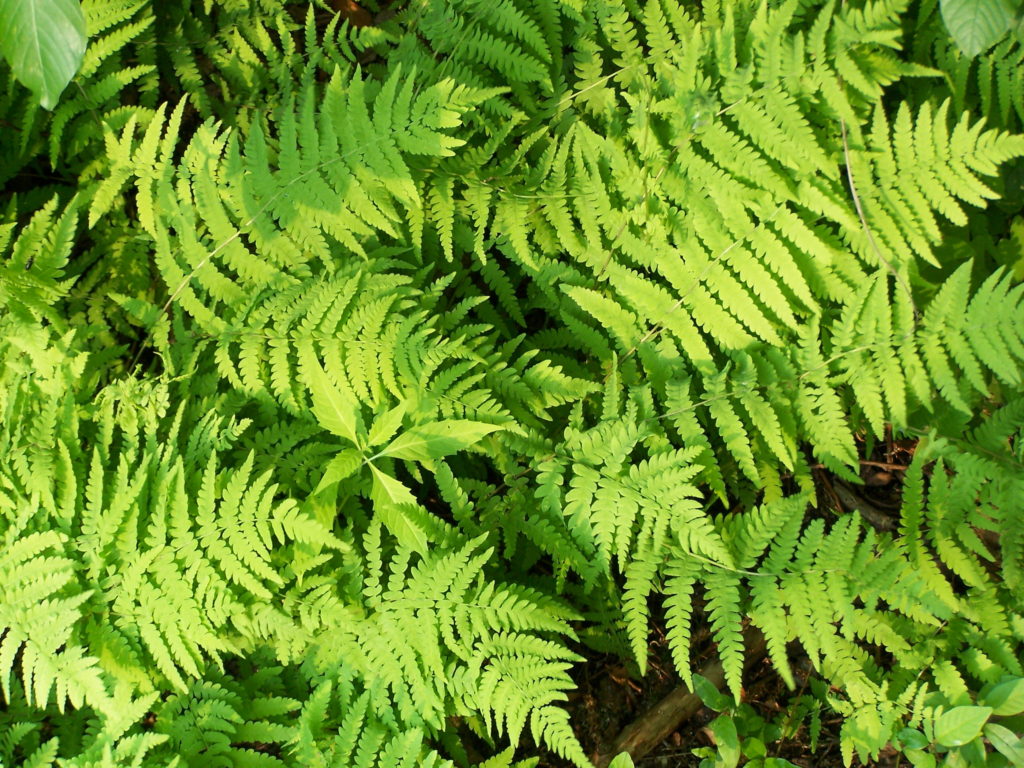
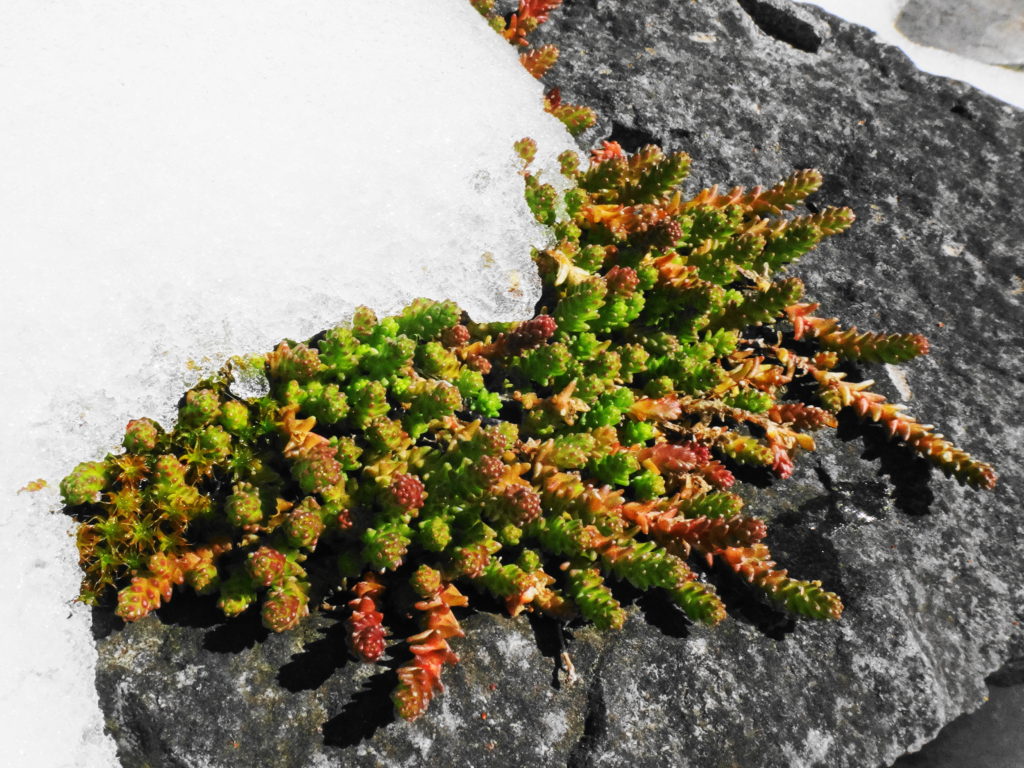
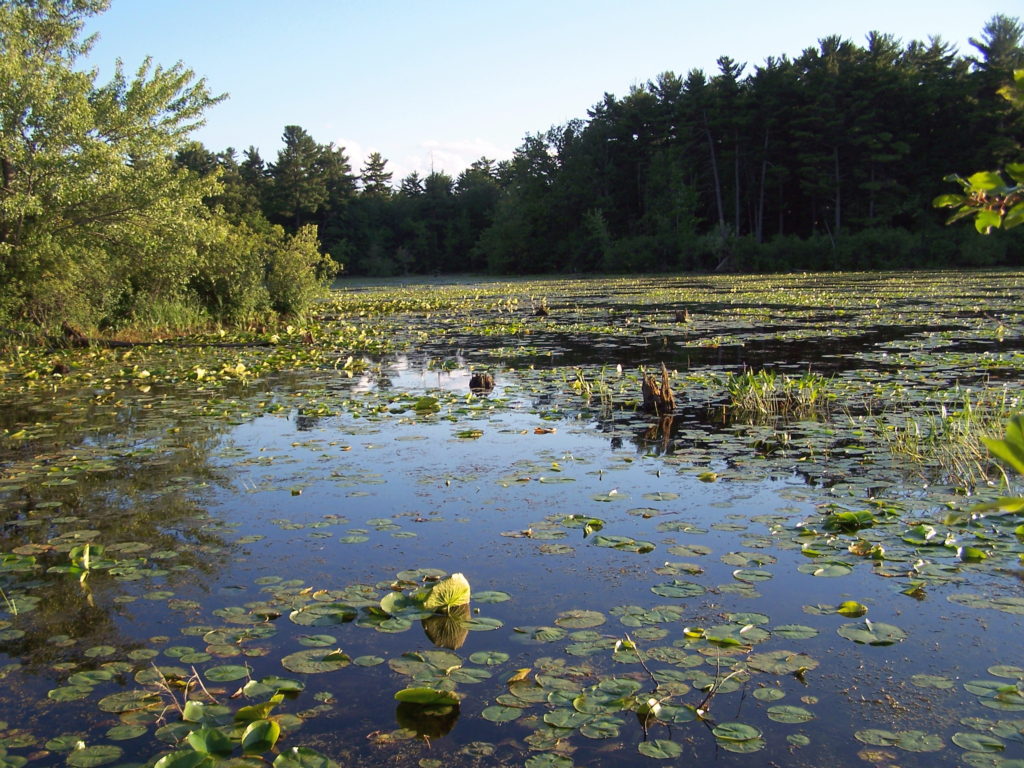
But Mud Lake is best known as one of Ottawa’s great, urban birdwatching sites (a favourite of the Ottawa Valley Nature and Wildlife Photographers). In the spring, the location, along with the diversity of vegetation and habitats, draws in birds of all shapes and sizes. Warblers, flycatchers and hummingbirds flit through the trees and underbrush. Thrashers and catbirds, sometimes even cuckoos and mockingbirds, chatter in the thickets. Swallows and martins dart over the fields and the lake. Great blue herons and black-crowned night herons stalk frogs along the shoreline. Ducks, geese, gulls and shorebirds of all kinds visit or reside through the spring, summer and autumn months. Sharp-shinned hawks, Cooper’s hawks, merlins and kestrels come to hunt. Peregrines sometimes pass through, as do bald eagles and ospreys. Screech owls haunt the woods in the summer, and and great horned owls have wintered in the woods.
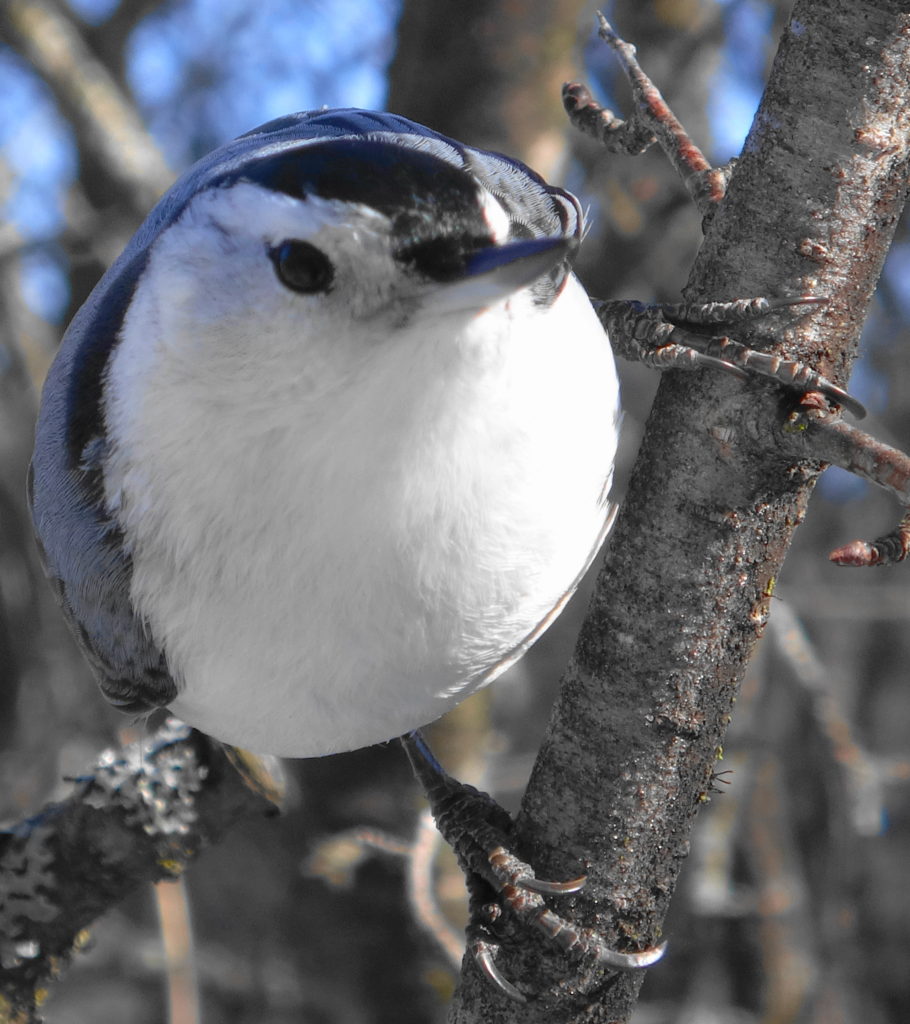
Mud Lake lies only a ten minute walk from Britannia Park, with its large, shady picnic area, sandy beach, and views of sailboats, kayaks and kiteboarders on the Ottawa River — an ideal place a family outing. The Ottawa River bicycle path runs past it, connecting to kilometres of trails through the City and the 20,000 hectares of the National Capital Greenbelt (National Capital Greenbelt). It’s the perfect place to listen to the wind in the pines, to find a quiet moment with nature, to watch a child laughing at a turtle, or to get that perfect photograph of a wood duck.
